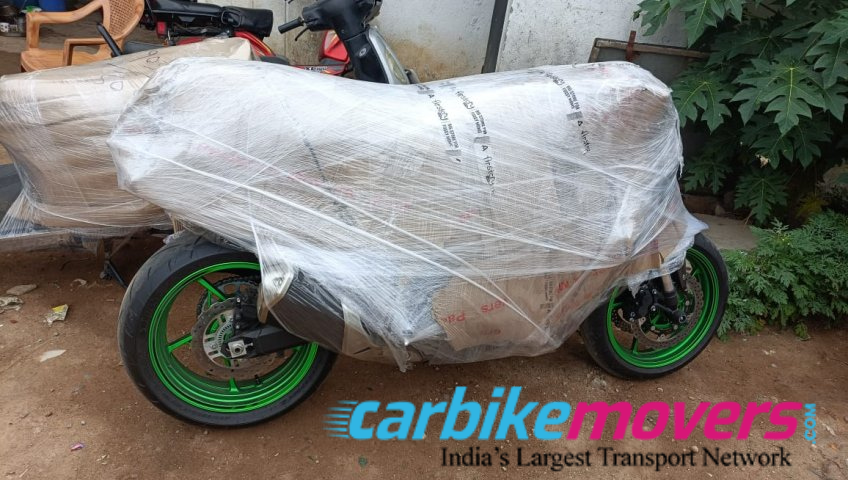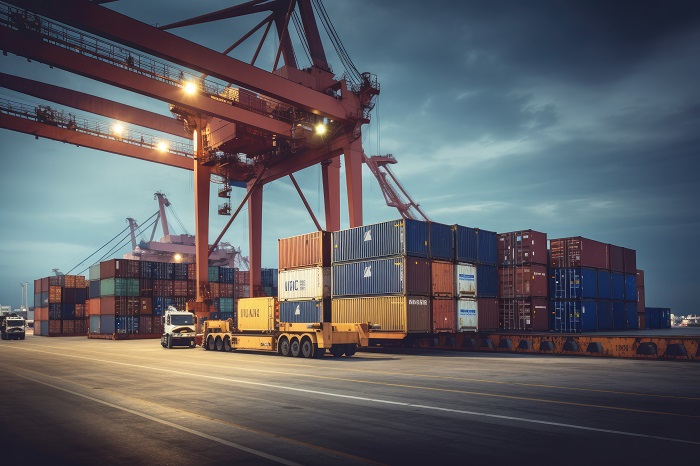Transporting a bike can be a daunting task, especially when you’re moving long distances. Luckily, Indian Railways offers a cost-effective and convenient solution: bike transport by train. Whether you’re relocating or sending your bike to another city, using the train system is a popular and reliable option. However, to ensure a smooth experience, there are some important things to consider before booking. This guide will walk you through everything you need to know about bike transport by train, helping you avoid common pitfalls and ensuring that your bike arrives safely at its destination.
1. Understanding the Process of Bike Transport by Train
Indian Railways allows you to transport your bike either as parcel or luggage. Both options have their specific procedures and costs, and the one you choose depends on your individual requirements.
- Parcel Service: If you’re not traveling by train, you can send your bike as a parcel. It is typically more affordable, and you can collect the bike at the destination railway station.
- Luggage Service: If you’re traveling on the same train, you can book your bike as luggage. This option is more convenient because your bike will travel on the same train, and you can collect it once you reach the destination. However, it might cost slightly more than the parcel option.
Understanding which service best fits your needs can make the process smoother.
2. Documents Required for Bike Transport
Before you can book your bike for transport by train, you’ll need to ensure you have the following documents:
- Bike’s Registration Certificate (RC): You must show proof that you own the bike. A copy of the RC is required.
- Government-issued ID Proof: A valid ID (such as an Aadhaar card, PAN card, or passport) is necessary for the booking process.
- Insurance Documents: The bike’s insurance papers are also mandatory to ensure that your vehicle is covered during transport.
These documents are important because Indian Railways is strict about ensuring all vehicles being transported are properly registered and insured.
3. Packing Your Bike for Transport
Proper packaging is crucial when transporting your bike by train. Indian Railways has guidelines for how bikes must be packed to avoid damage during transit. This typically involves:
- Emptying the Fuel Tank: Before packing, ensure that your bike’s fuel tank is almost empty (usually around 100 ml of fuel is allowed). This is a safety measure to prevent fires during transport.
- Covering with Jute or Bubble Wrap: Your bike needs to be covered securely with either jute or bubble wrap to prevent scratches or damage during transit.
- Securing Loose Parts: Mirrors, indicators, and any other loose or protruding parts must be properly secured or removed to prevent breakage during loading and unloading.
Often, packing services are available at railway stations for a fee, but you can also handle this on your own if you’re confident about proper packing.
4. Bike Transport Charges by Train
One of the main advantages of using Indian Railways for bike transport is its affordability. The charges for transporting your bike depend on several factors:
- Distance: The farther the distance, the higher the cost.
- Bike’s Weight: Heavier bikes incur higher charges compared to lighter ones.
- Type of Train: Some premium trains might charge higher for bike transport.
Typically, bike transport charges can range from ₹500 to ₹2,000 depending on these factors. You may also have to pay additional fees for packaging or handling at the railway station.
It’s recommended to check the latest rates at your local railway station or online before booking.
5. Booking Process for Bike Transport by Train
Booking your bike for transport by train is a straightforward process:
a) Parcel Booking
For booking your bike as a parcel:
- Visit the parcel office at the originating railway station.
- Fill out the required forms, providing details of the bike and its destination.
- Submit the necessary documents (RC, ID proof, and insurance).
- Pay the required charges, and you’ll receive a receipt, which will serve as a reference to track your bike.
b) Luggage Booking
If you’re traveling on the same train:
- Go to the luggage booking counter at the railway station before your journey.
- Present your ticket, along with the bike’s documents.
- Pay the luggage fee, and your bike will be loaded onto the same train.
In both cases, make sure to keep your receipt safe, as it will be required when collecting your bike at the destination.
6. Delivery at the Destination Station
Once your bike arrives at the destination, you’ll need to pick it up from the railway parcel office. It’s important to do this as soon as possible since railway bike parcel charges calculator additional fees if the bike is not collected within a specified timeframe, usually 24 hours.
When collecting your bike:
- Present your receipt and ID proof at the parcel office.
- Inspect the bike for any damage before signing off the receipt of the parcel.
Any damage that occurs during transport should be reported immediately to the railway authorities so that compensation claims can be made.
7. Safety and Insurance for Bike Transport by Train
One of the biggest concerns for anyone transporting a vehicle is safety. Indian Railways provides basic safety measures to ensure that your bike arrives undamaged. However, to give yourself extra peace of mind, ensure that your bike’s insurance is up to date.
- Basic Insurance Coverage: Most bike insurance policies cover transit damage. Make sure your policy includes this provision.
- Additional Coverage: If you want added protection, you can opt for additional insurance coverage, particularly for high-end bikes.
8. Tips for Hassle-Free Bike Transport by Train
Here are some tips to ensure a smooth bike transport experience:
- Book Early: During peak seasons or holidays, train services can get crowded. Book your bike transport in advance to avoid delays.
- Label Your Bike: Make sure your contact details are clearly labeled on your bike. This ensures that the railway staff can easily contact you in case of any issues.
- Track Your Bike: Indian Railways provides tracking services for parcels. Keep an eye on your bike’s location so you know when it arrives at its destination.
9. Why Choose Bike Transport by Train?
Transporting your bike by train offers several advantages:
- Cost-Effective: It is often cheaper than using private bike transport services.
- Convenient: Indian Railways has an extensive network, making it easy to transport your bike to most parts of the country.
- Eco-Friendly: Using the train is a more environmentally friendly option compared to road transport.
Conclusion
Bike transport by train is a popular and reliable option in India, but to ensure a hassle-free experience, it’s important to follow the right procedures. Make sure to gather all necessary documents, pack your bike properly, and choose the right service (parcel or luggage) depending on your needs. By being prepared, you can ensure that your bike reaches its destination safely and affordably.


